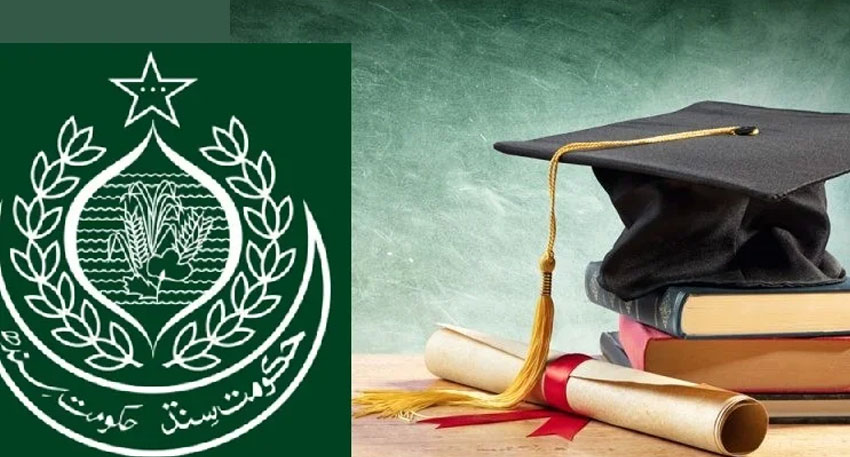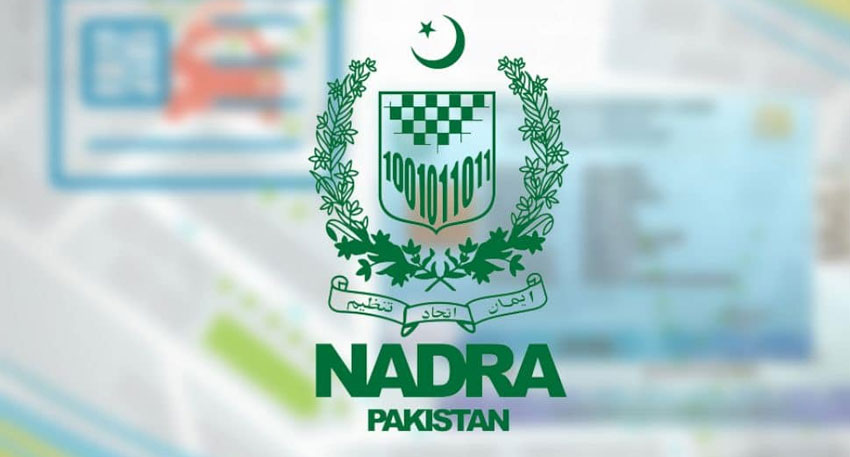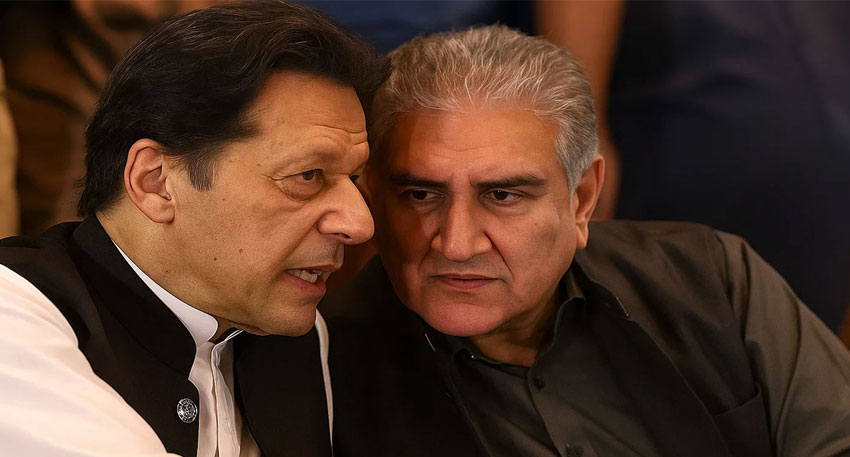
Under this policy, a married teacher can request a transfer to be near his or her spouse’s home or workplace.
Education Minister Rana Sikandar Hayat stressed that this change is meant to ease hardship and keep families together, noting that “we do not want our female teachers to travel a long distance away from home.” He also emphasized that merit will be the priority in all transfers, with no special recommendations allowed.
Punjab’s e-Transfer policy explicitly defines a “Wedlock” transfer as any married teacher moving to a posting in proximity to a spouse’s residence or workplace.
Wedlock is treated as a compassionate (“hardship”) category – on par with disability, widowhood, divorce, or medical grounds. In practice, this means teachers can apply year-round for a Wedlock transfer (rather than waiting for a fixed round). The policy does not require the spouse to be a government employee.
Note that these Wedlock provisions currently exist in teacher transfer rules; similar schemes for non-education government employees have not been announced.
Also Read: General transfers with wedlock policy to begin from August 10
Who Can Apply:
The e-Transfer system covers all teachers in public sector schools (excluding purely administrative posts).
Key eligibility points include:
- Newly recruited teachers generally must complete 3 years at their first posting before entering a general transfer round. (However, hardship transfers – including Wedlock – are exempt from this waiting period, so a teacher can still apply sooner on spouse-proximity grounds.)
- Teachers can apply under multiple categories: Open/Merit (general), Mutual, or Hardship (Wedlock, widowhood, divorce, disability, etc.). All married teachers are eligible for Wedlock transfers – regardless of the spouse’s job – as long as they submit proof of marriage and the spouse’s location.
- Two teachers can swap posts with each other by mutual consent. Both must apply and agree to switch schools simultaneously.
- Transfers within or across districts are allowed. Wedlock (and widow/divorce) transfers earn full points if moving to a spouse in another district. (Inside-district moves are also allowed but yield slightly fewer points.)
How to Apply: Step-by-Step Guide
Teachers should follow the official e-Transfer procedures, outlined below:
- Register on the SIS Portal: Log in or create an account on the School Information System (SIS) portal (Punjab’s online transfer platform). Through this portal, all transfer applications will be conducted except the initial hardship submission.
- Submit Application Online: List the preferred schools or locations in the online transfer form on SIS. Documents such as CNIC, marriage certificate, spouse’s CNIC or address proof, and other required documents should be uploaded. The needed paperwork for each category will be specified by the portal’s checklist.
- Present Originals for Verification: Physically submit copies of your documents (marriage certificate, CNIC, etc.) to the District Education Office (DEA) or Chief Executive Officer’s (CEO) office for scrutiny.
- Deadline Awareness: Note the official schedule. In 2025 Punjab’s cycle, the hardship round (including Wedlock) was Aug 8–10 (applications to CEOs) and the general merit round runs Aug 12–31 on SIS. Check local announcements each year for exact dates.
- Hardship (Wedlock) Submission: For the Wedlock category specifically, file your application with the CEO of your district by the hardship deadline. (You do not submit to SIS in this phase.) The Punjab government also requested teachers to upload a copy of their hardship application to a public portal (for transparency and review by officials). Follow any instructions from your District Education Office for this extra step.
- Monitor Merit List: A tentative merit list will be posted on SIS once applications close. For each preferred posting, the teachers will be able to view their scores and rank. Before the final list is published, teachers can even file objections via the grievance mechanism on SIS.
Scoring & Selection Criteria
All applications are decided by a points-based merit list. Factors include: tenure, seniority, performance, distance, and hardship scores. In Punjab’s 2024 policy, the scores were allocated as follows (illustrative example):
- Tenure in current school: up to 20 marks (2.0 per year, max 20)
- Seniority: up to 20 marks (2.0 per year, max 20)
- Distance: up to 25 marks (longer distance = higher score)
- Compassion categories: Wedlock, Divorce, Widow each give 15 marks if across districts (10 marks if within the same district). Disability transfers also get 15, medical 5, etc.
- Other criteria (e.g., educational qualifications, subject need) may also contribute according to policy.
The system ranks applicants based on their total score. In other words, a married teacher applying on Wedlock grounds gets a significant boost (especially if relocating out of district).
Rana Sikandar Hayat has underscored that all preferences will be resolved strictly by these scores: “Merit will be given priority in all transfers,” and every eligible teacher’s right will be respected without favoritism.
As the Education Minister noted, this relieves the burden on female teachers (or male teachers) who previously had to remain away from family.
The e-transfer system and clear scoring make the process more transparent. “No one’s recommendation will be accepted and no one’s right will be denied,” Hayat has said.
Districts now accept hardship transfers (Wedlock, widowhood, disability, etc.) anytime during the year (no need to wait for limited windows). This means urgent cases can be addressed promptly.
Teachers gain mobility options beyond annual regional postings. Even those not in Punjab (e.g., Sindh) have moved to similar online systems, and Khyber Pakhtunkhwa recently announced merit-based e-transfers as well.
Overall, the trend favors education-sector employees with a modern, equitable transfer mechanism. As Rana Sikandar Hayat put it, the government’s priority is “providing convenience to teachers” while maintaining a fair, merit-based system.



